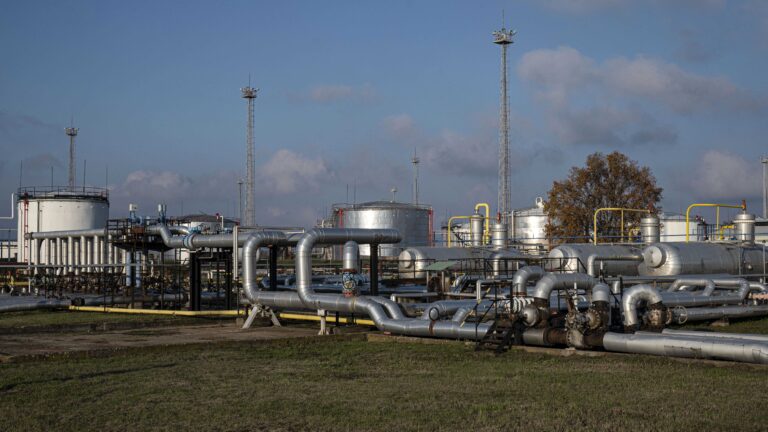Despite global geopolitical tensions, accelerated economic growth is expected this year and next year in the European emerging region, according to the fresh regional forecast presented by the European Bank for Reconstruction and Development (EBRD) on Wednesday in London.
In Hungary, the bank expects economic growth to be in line with the average of Central European and Baltic EU economies this year, and faster than the group average next year. The London-based institution, established in 1991 to support the transformation of Central and Eastern European economies and the former Soviet region, anticipates average economic growth of 2.2 per cent in the nine Central European and Baltic EU economies: Hungary, Czech Republic, Slovakia, Poland, Slovenia, Croatia, Latvia, Lithuania, and Estonia by 2024, and 3.1 per cent by 2025.
According to EBRD’s expectations, Hungary’s Gross Domestic Product (GDP) is projected to expand by 2.2 per cent this year and by 3.5 per cent next year.
Among the economies of Southeast Europe within the EU, Romania is forecasted to see GDP growth of 3.2 per cent this year and 3.4 per cent next year, while Bulgaria is expected to experience GDP growth of 2.6 per cent and 3 per cent, respectively, according to the London-based institution’s forecast. In Ukraine, the EBRD’s Wednesday forecast indicates economic growth of 3 per cent in 2024 and 6 per cent in 2025. The bank highlights that Ukraine’s GDP plummeted by 29.1 per cent in 2022, the first year of the war initiated by Russia, but grew by 5.3 per cent last year.
Overall, the EBRD predicts average economic growth of 3 per cent this year and 3.6 per cent by 2025 for its operational area, following 2.6 per cent last year.
Compared to the growth rate mentioned in the previous regional forecast issued in September last year, the new EBRD prognosis released on Wednesday includes, on average, 0.2 percentage points slower growth for the entire operational country group by 2024, primarily because the weak growth of the German economy led to slightly weaker performance than expected at the beginning of the year in the Central European and Baltic EU region.
However, the EBRD also notes that the eight Central European and Baltic EU economies included in its operational area have been EU members for exactly twenty years, and these two decades have provided significant catch-up momentum for these economies.
The bank emphasizes that in 2003, the value of the per capita Gross Domestic Product (GDP) of this group of countries, calculated at market prices, averaged 26 per cent of the German GDP value, but by last year, this ratio had already reached 50 per cent.
According to EBRD’s calculations, of the 24 percentage points of average GDP convergence that took place over the two decades, 14 percentage points are attributable to the EU membership of the eight countries.
This ‘EU accession bonus’ is primarily the result of rapid growth in GDP-related exports, given that these economies have become deeply integrated into European and global supply networks
over the twenty years of EU membership, the EBRD highlighted in its analysis.
According to the bank’s calculations, the average export ratio of the eight economies in terms of GDP has increased from 49 per cent measured in 2003 to 76 per cent by 2023.
The Wednesday EBRD analysis highlights that the world market prices of natural gas, crude oil, and wheat have decreased more rapidly than expected a year ago, thus the average annual inflation calculated for the operational area has decreased from the peak of 17.5 per cent reached in October 2022 to 6.3 per cent by March this year, but still exceeded the pre-pandemic level by 2 percentage points.
Related articles:








